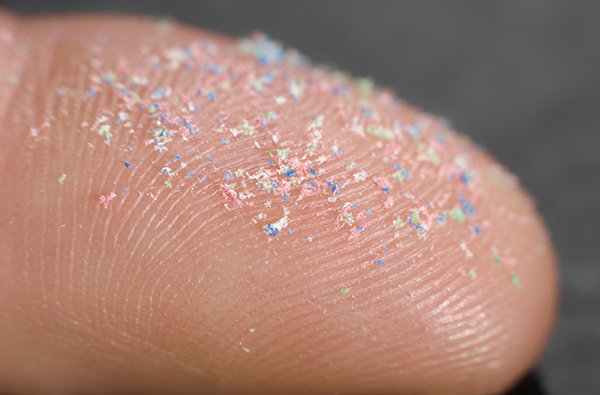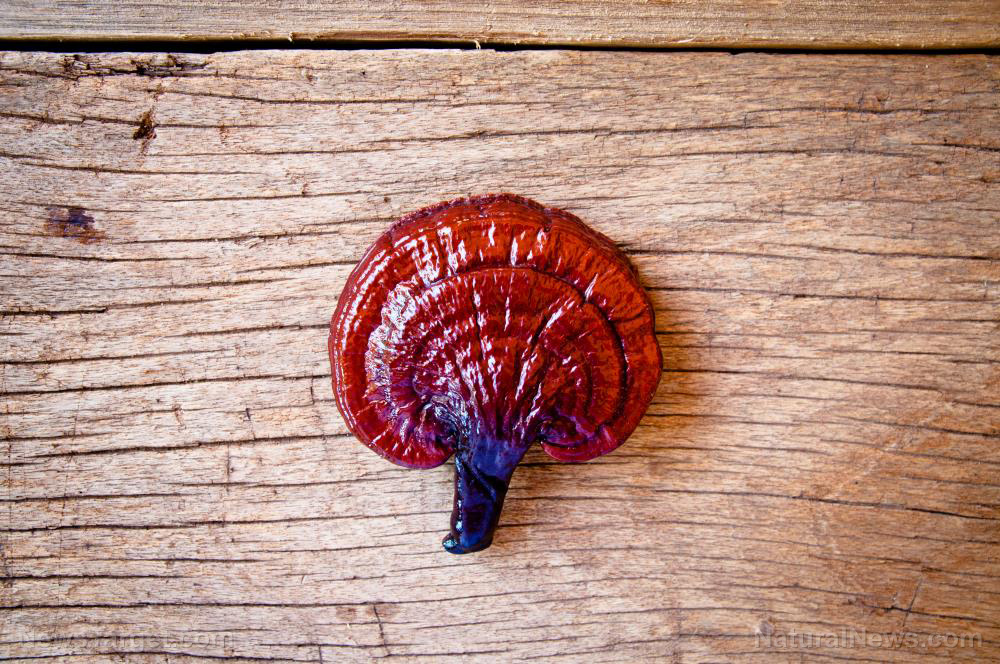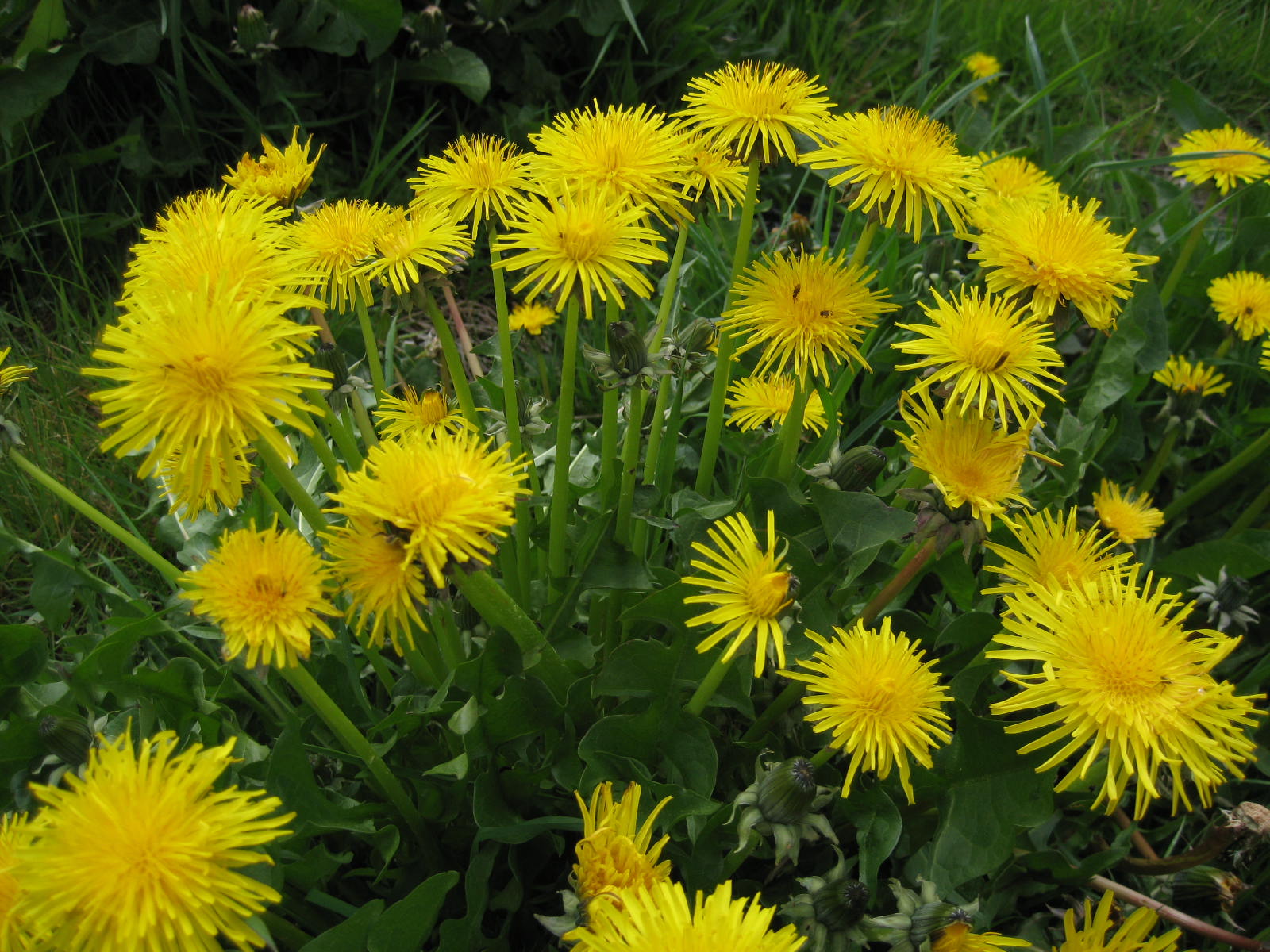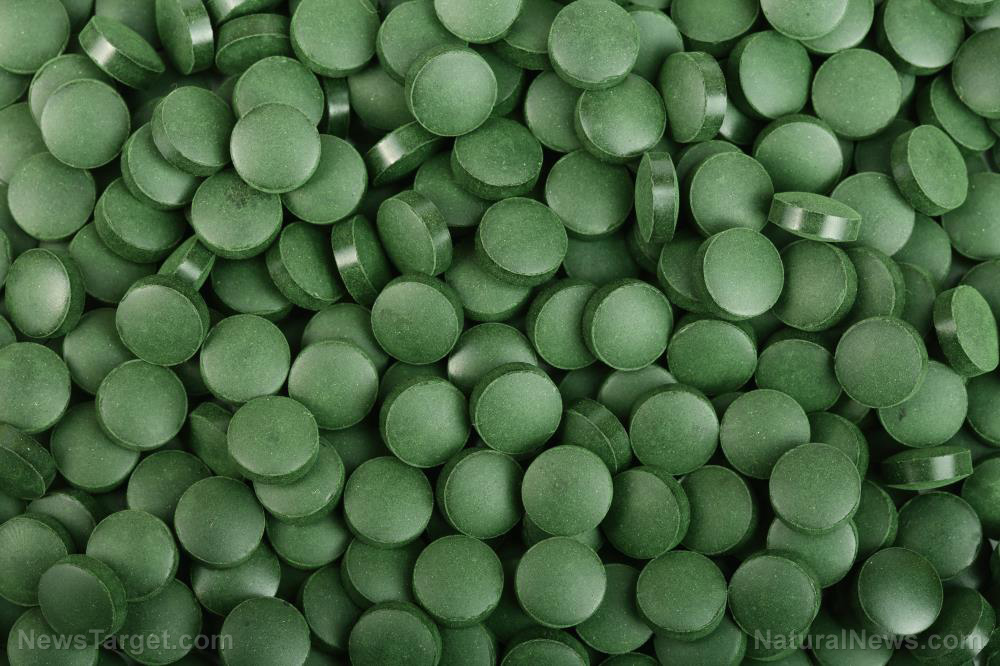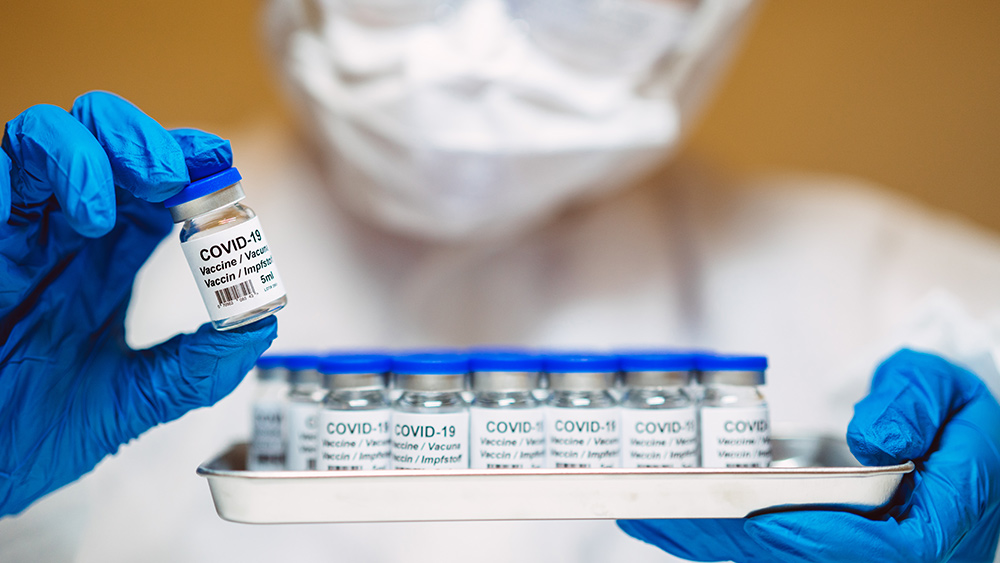 Parler
Parler Gab
Gab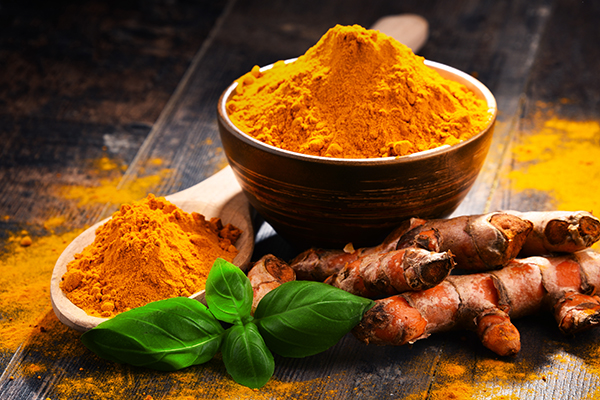
Glioblastoma is a particularly fast-growing and deadly form of brain cancer which, despite aggressive therapies, is associated with survival rates that rarely surpass two years. Given the poor prognosis, and the serious dangers linked to chemotherapy, surgery, and radiation, natural solutions are beginning to be taken more seriously by the conventional medical establishment. Indeed, two studies provide compelling evidence that turmeric/curcumin may be a viable option in preventing and treating this deadly brain disease.
The first study, published in the journal Medical Oncology titled, "Investigating the therapeutic role and molecular biology of curcumin as a treatment for glioblastoma," looked at a total of 19 in vitro (test tube) and five in vivo (animal) studies on the turmeric extract curcumin and its ability to combat glioblastoma.
Their literature review produced the following findings:
"A total of 19 in vitro and five in vivo studies were analyzed. All of the studies indicated that curcumin decreased glioblastoma cell viability through various pathways (i.e. decrease in prosurvival proteins such as nuclear factor κB, activator protein 1, and phosphoinositide 3 kinase, and upregulation of apoptotic pathways like p21, p53, and executor caspase 3). Curcumin treatment also increased animal survival compared with control groups."
The authors concluded:
"Curcumin inhibits proliferation and induces apoptosis in certain subpopulations of glioblastoma tumors, and its ability to target multiple signaling pathways involved in cell death makes it an attractive therapeutic agent. As such, it should be considered as a potent anticancer treatment. Further experiments are warranted to elucidate the use of a bioavailable form of curcumin in clinical trials."
From these studies alone, we can not yet draw definitive conclusions about whether or not curcumin will work the same way in humans; nor did the cited research address the problem of the relatively poor bioavailability of curcumin extracts. Moreover, in the case of brain tumors, the delivery of curcumin to the brain is hard to ascertain or prove for obvious reasons (you would have to cut open the brain or use toxic fluorescent dyes and brain scans).
Despite these limitations, one study published in the journal Nutrition and Cancer and titled, "Intratumoral Concentrations and Effects of Orally Administered Micellar Curcuminoids in Glioblastoma Patients," provides evidence that it is possible to get physiologically relevant doses of curcumin into glioblastoma tumors of patients via oral delivery methods. The study used human subjects to determine the bioavailability of a combination of so-called micellar (water dispersible) curcuminoids. Specifically, the study participants were administered 70 mg of the curcuminoid combination 3 times a day for 4 days prior to surgical resection (removal) of their respective brain tumors. Tumor and blood samples were taken during surgery and analyzed for total curcuminoid concentrations, and (31) P magnetic resonance spectoscropic imaging was performed before and after curcuminoid consumption.
They found that curcumin was absorbed into the tumors. The results were reported as follows:
"Ten (of 13) patients completed the study. The mean intratumoral concentration of curcumin was 56 pg/mg of tissue (range 9-151), and the mean serum concentration was 253 ng/ml (range 129-364). Inorganic phosphate was significantly increased within the tumor (P = 0.034). The mean ratio of phosphocreatine to inorganic phosphate decreased, and the mean intratumoral pH increased (P = 0.08) after curcuminoid intervention."
The study concluded:
"Oral treatment with micellar curcuminoids led to quantifiable concentrations of total curcuminoids in glioblastomas and may alter intratumoral energy metabolism."
Taken together, these two studies clear the path for a better understanding of how and why turmeric extracts may help combat treatment refractory glioblastoma.
Additionally, because it is known that cancer malignancy and resistance to treatment is due to cancer stem cells, and that glioma stem cells are present in glioblastoma cancers, turmeric extract is clearly superior in that it targets this particular subpopulation of radioresistant and chemoresistant cells that conventional treatments do not. In fact, chemotherapy and radiotherapy have been shown to actually enrich cancer stem cell populations. This means these treatments may actually increase glioblastoma malignancy and can accelerate the death of patients.
For more information on natural glioblastoma interventions, as well as likely risk factors and causes (e.g. SV40 from vaccines), take a look at our glioblastoma research portal. You’ll find commonly available and recognized foods, plants, and phytocompounds listed there, such as:
- Cannabinoids
- Olive Oil
- Berberine
- Genistein
- Carrot
- Sulforaphane
- Green Tea
- Lysine
- Vitamin C
By News Editors // Share
How Lingzhi mushrooms (Reishi) combats aging, disease and cancer
By News Editors // Share
New study links mRNA vaccines to GENETIC CHANGES – and not the good kind
By Ava Grace // Share
A comprehensive guide to DANDELIONS, an ancient herbal medicine and superfood
By Ava Grace // Share
Spirulina: The protein-packed algae taking over wellness trends
By Laura Harris // Share
Governments continue to obscure COVID-19 vaccine data amid rising concerns over excess deaths
By patricklewis // Share
Tech giant Microsoft backs EXTINCTION with its support of carbon capture programs
By ramontomeydw // Share
Germany to resume arms exports to Israel despite repeated ceasefire violations
By isabelle // Share

